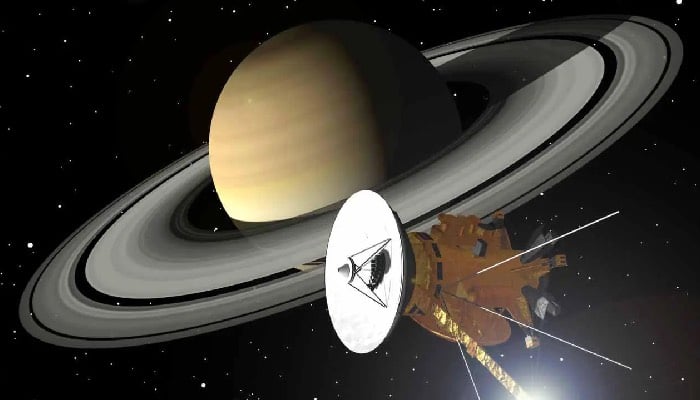
NASA's Cassini spacecraft, which concluded its mission by diving into Saturn in 2017, continues to provide valuable data.
Recent analysis of Cassini's radar observations reveals new information about Titan, Saturn's largest moon, particularly its seas of liquid hydrocarbons.
Understanding Titan's complex organic chemistry:
Titan, known for its thick orange haze, is unique in our solar system as it has liquid seas on its surface.
Unlike Earth’s water seas, Titan's seas are composed of methane and ethane, components of natural gas.
The study published in Nature Communications focused on three significant seas near Titan's north pole: Kraken Mare, Ligeia Mare, and Punga Mare.
These seas vary in their chemical composition depending on their latitude, with differences in methane and ethane concentrations.
The research also highlighted the presence of sea surface ripples, indicating active tidal currents and rougher waters near river mouths.
Titan, measuring 3,200 miles wide, is the second-largest moon in the solar system, surpassed only by Jupiter's Ganymede.
Like Earth, Titan has a hydrological cycle, but with methane instead of water. Methane rains from the clouds, flows into seas, and evaporates back into the atmosphere.
The data also showed that rivers on Titan carry pure liquid methane that mixes with the ethane-rich seas, similar to how freshwater rivers mix with Earth's saltwater oceans.
Titan's tides, influenced by Saturn’s gravity, have a range of about a foot and occur over a 16-Earth-day cycle, resulting in generally weak tidal currents.
This research highlights Titan features environments with conditions that may be conducive to life due to its complex organic chemistry and possibly vast subsurface ocean of liquid water.















